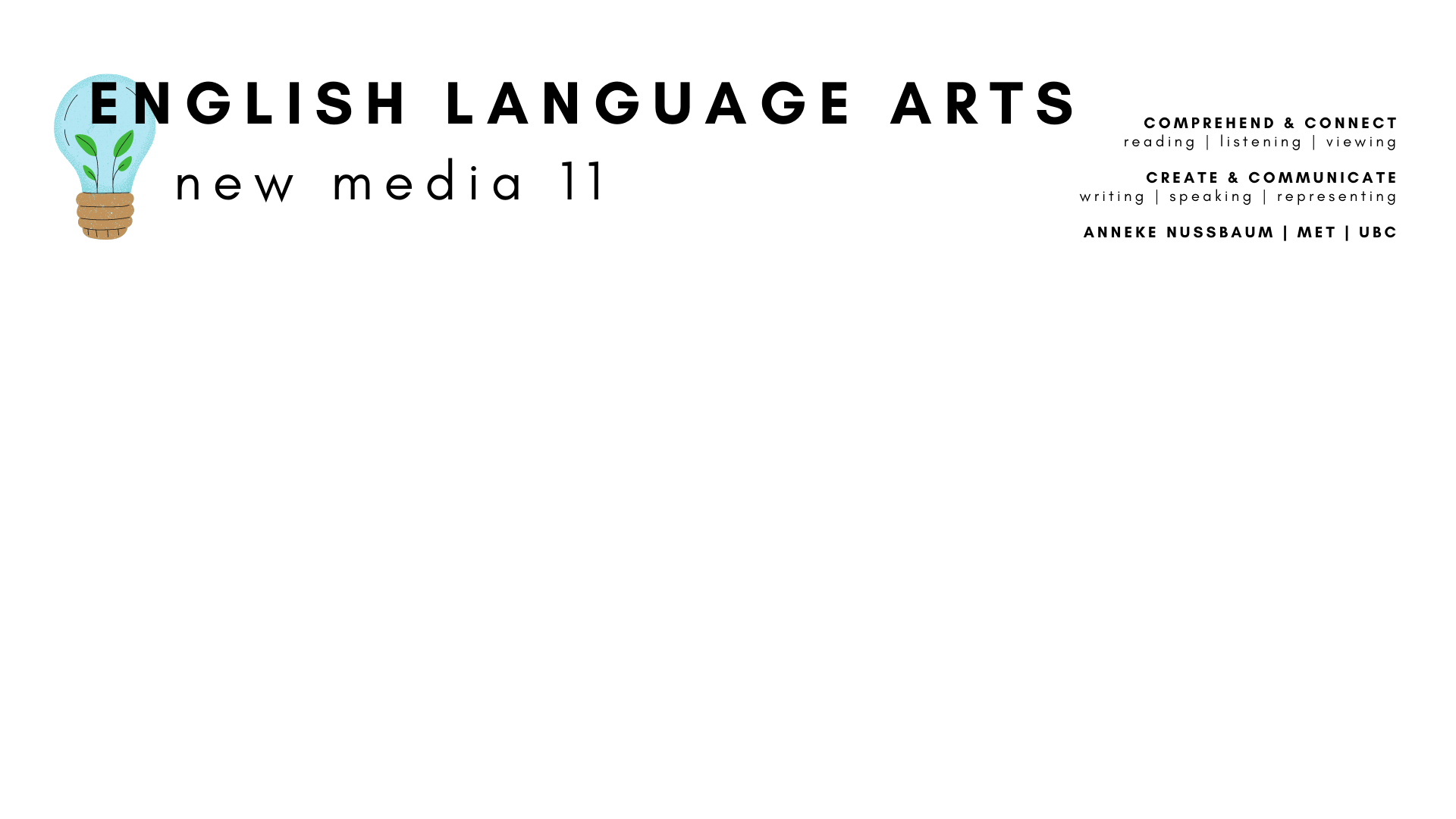Module 3 | Lesson 1 | Lesson 2 | Lesson 3 | Lesson 4
What Makes a Game a Game?
Discussion #7: #Gamergate Tug of War
Extension: Graphic Organizer #Gamergate
Hypertext Fiction Exploration
Blog Post #6: What makes a game a game?
#Gamergate
Interactive Fiction, choose-your-own-adventure, and hypertext narratives were the first forms of e-literature to gain popular attention as a bridge between the narrative world of literature and the ludic world of games. Some have even debated whether these texts are stories or games, since the reader takes on an “authorial power” (Rettberg, 2019, p. 55) and must interact with the text, making choices that can affect the story.
The following works speak to “the power and potential to use video games, online technology, and game culture to give voice” (Gray & Leonard, 2018, p. 4) to the marginalized and disrupt stereotypical representations and hegemonic norms. Female and non-binary game makers and e-lit authors have historically been subjected to violence, which was brought to public light through a culture war known as Gamergate.
To Learn more about this Movement:
- Read Aja Romano’s (2021) article: What we still haven’t learned from Gamergate
- Explore Anneke Nussbaum’s (2022) Found Poem Response to Gatekeeping in Game Culture: Gatekeeping Game(r Hate) Culture
- Listen to NPR’s (2019) All Thinks Considered Podcast: “How Gamergate Became a Template for Malicious Action Online”
Discussion #7: #Gamergate Tug of War
- While reading, exploring, and listening to the texts above, record use the See-Think-Wonder-Connect Routine to actively engage with the texts, with a particular focus on crafting questions that you want to explore in more depth
- After you have finished analyzing these texts, access the Dot Storming discussion board to record your questions. We will use this space to collect all of our questions and vote on the question we want to explore together that posses a fairness dilemma. This will then form the basis of our Tug of War discussion below.
Tug of War Instructions
- Open the Padlet discussion board below (you will see the fairness dilemma question we voted on embedded there)
- Use this discussion board to examine the question in more depth, drawing support and ideas from the readings above as well as your own experiences with gamer culture.
- Make your thinking visible by selecting quotes from the texts and placing them on either end of the tug of war (yes or no) to create a heat map of the various points of view regarding the fairness dilemma.
- Add your own opinions with supportive evidence.
- The goal is to explore #Gamergate, suss out facts and opinions, extend thinking by making connections, and examine “what if” scenarios before drawing any conclusions about the issue at the fore.
Extension: Graphic Organizer #Gamergate
The following Graphic Organizer is modelled after the BC Graduation Literacy Assessment to provide you with practice in critical thinking and textual analysis. Download the document below after completing the Tug of War to express your individual ideas about #Gamergate.
Hypertext Fiction & Narrative Game Exploration
Explore the genre by reading/playing the short works below, some of which are by creators mentioned in the above podcast and article. All of these narratives were created using the open source program Twine, which is one of the tools you can use for your final project at the end of the module. Each will likely only take you 10-30 minutes to explore.
- As you read, take notes for your blog post – these can be written in point form, audio recordings, or even video – the point is to capture your play and reactions to support future analyses and connections.
- Please let me know if you need help accessing any of the e-lit texts and/or games.
Choose at least 2 of the texts from the list to explore:
- Depression Quest (2013) Zoe Quinn (she/her)
- Swallow (2018) Emily Flynn-Jones (she/her), Killjoy Games
- Quing’s Quest VII: The Death of Videogames (2014) Dietrich Squinkifer
If you’re interested in playing some longer indie narrative games or hypertext novellas, I recommend:
Blog Post #6: What Makes a Game a Game?
After exploring Game Culture through the #Gamergate movement and playing a number of hypertext fiction and narrative games, respond to the question below making reference to at least 3 different texts (from the 6 in this lesson as well as other texts and games you have read/played). Use the analysis paragraph structure to organize your ideas.
Question: What makes a game a game?
Analysis Paragraph Guidelines
- Thesis + PEE X 3 + Concluding Statement (1 paragraph)
- Thesis – your response to the topic
- P – Point (to support thesis)
- E – Example (quote from one of the texts
- E – Explain how this example illustrates your point
- Refer to our preliminary group writing assignment for examples: Lesson 5, Module 1 (Visual Analysis: Elmo)
- Post your analysis in your blog and explore your peers’ responses, using the Bridge 321 Commenting strategy to provide feedback to at least 1 of your peers:
Bridge 321 Commenting
- 3 things you notice, find interesting, enjoyed, agreed with, etc.
- 2 connections/contrasts with your analysis
- 1 question
References
Gray, K. & Leonard, J. (2018). Not a post-racism and post-misogyny promised land: Video games as instruments of (in)justice. In Woke gaming: Digital challenges to oppression and social injustice. University of Washington Press.
NPR. (2019, August 30). How gamergate became a template for malicious action online [Podcast]. All Things Considered. A. Cornish (host) & B. Wu (guest). https://www.npr.org/2019/08/30/756034720/how-gamergate-became-a-template-for-malicious-action-online
Nussbaum, A. (2022). Found Poem: Gatekeeping Game(r Hate) Culture. https://not-annie.itch.io/gatekeeping-gamer-hate-culture
Rettberg, S. (2019). Electronic Literature. Polity.
Romano, A. (2021, January 7). What we still haven’t learned from gamergate. Vox. https://www.vox.com/culture/2020/1/20/20808875/gamergate-lessons-cultural-impact-changes-harassment-laws
